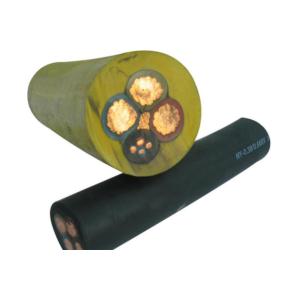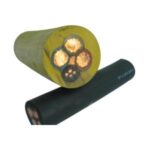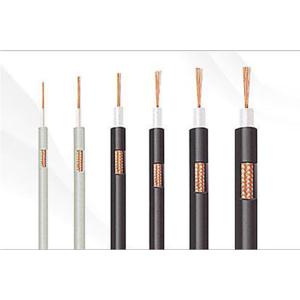Description
The Mining Cable is designed for high-performance electrical applications in challenging environments. This cable excels in moistureproof, anticorrosion, and damage prevention features, making it suitable for installation in tunnels and cable trenches. It effectively transmits and distributes high-power energy within the main lines of power systems. With its superior characteristics, the control cable provides a reliable connection to various electrical appliances and equipment, ensuring efficient energy distribution.
Key features include:
- DC resistance of less than or equal to 148 Ω/km for 0.4mm copper wire and 95 Ω/km for 0.5mm copper wire.
- Insulation electrical strength of 1kV between conductors and 3kV from breakdown.
- Insulation resistance over 10,000 MΩ·km for control cables and over 3,000 MΩ·km for HYAT cables.
- Average working capacitance of 52 ± 2 nF/km.
- Far end crosstalk defense degree averaging above 69 dB/km at 150 kHz.
Specifications
| Attribute | Value |
|---|---|
| DC Resistance (0.4mm Copper Wire) | ≤ 148 Ω/km |
| DC Resistance (0.5mm Copper Wire) | ≤ 95 Ω/km |
| Insulation Electrical Strength | 1 min 1kV between conductors; 1 min 3kV from breakdown |
| Insulation Resistance | Control Cable > 10,000 MΩ·km; HYAT Cable > 3,000 MΩ·km |
| Working Capacitance | 52 ± 2 nF/km |
| Far End Crosstalk | ≥ 69 dB/km at 150 kHz |
Additional Information
The Mining Cable is available in various specifications and is categorized into two main types: control cable and power cable. Control cables typically have a rated voltage of 450/750V, while power cables are rated at 0.6/1kV and above. The production standards differ, with control cables adhering to standard 9330 and power cables to GB12706. The insulation wire color varies, with control cables generally in black and white, while low voltage power cables display color coding. The cross-sections of control cables are generally smaller, not exceeding 10 square meters, while power cables are designed for larger current transmission.



